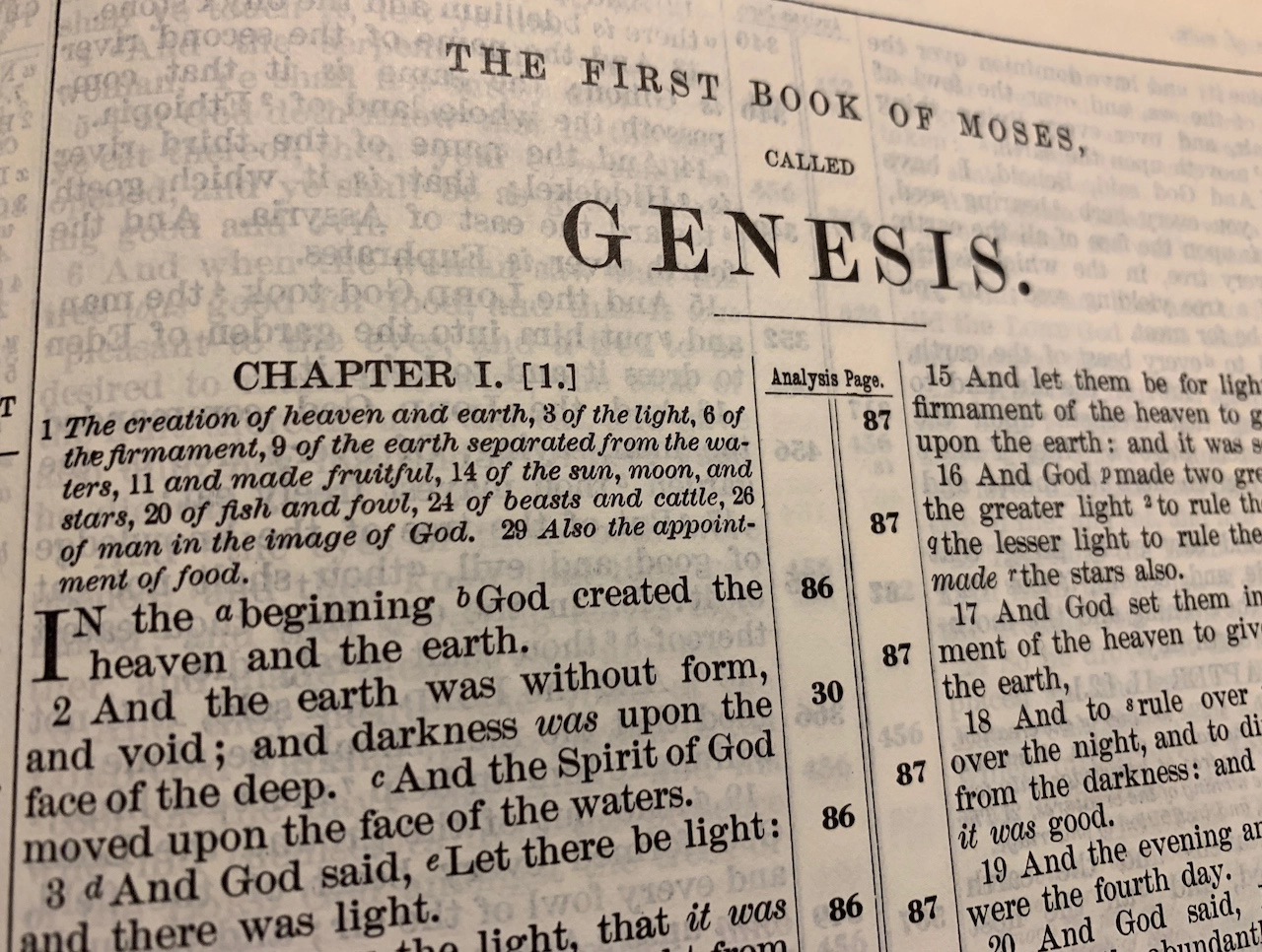The Book of Genesis, the opening chapter of the Bible, is a tapestry of rich narratives that has captivated readers for centuries. Central to Genesis is the profound account of creation, detailing the origins of the cosmos, humanity, and the divine relationship with the created world. As we embark on the journey of decoding Genesis, we unravel the secrets of creation embedded in this foundational text.
I. The Magnificence of Divine Utterance
Genesis begins with the resounding phrase, "In the beginning, God created the heavens and the earth" (Genesis 1:1). This opening declaration sets the stage for a cosmic narrative that unfolds through a series of divine utterances. God speaks, and creation responds—light emerges, the waters part, and life takes form. The repetitive refrain, "And God said," underscores the power of divine speech as the creative force shaping the universe.
II. Days of Creation: A Structured Narrative
The creation narrative unfolds over six days, each marked by specific acts of divine creation:
- Day 1: Light and Darkness
- God separates light from darkness, calling the light "day" and the darkness "night."
- Day 2: Sky and Water
- God creates the expanse of the sky, dividing the waters below and above it.
- Day 3: Land, Seas, and Vegetation
- Dry land emerges, and God commands the earth to bring forth vegetation.
- Day 4: Sun, Moon, and Stars
- Luminaries appear in the sky, serving as signs to mark seasons and days.
- Day 5: Sea Creatures and Birds
- God fills the seas and skies with living creatures, blessing them to be fruitful.
- Day 6: Land Animals and Humanity
- God creates land animals and, in the pinnacle of creation, forms humanity in His image.
The structure of the narrative, with its rhythmic pattern, emphasizes the orderliness of God's creative acts.
III. Humanity in the Divine Image
The creation of humanity stands as a focal point in Genesis. "So God created mankind in his own image, in the image of God he created them; male and female he created them" (Genesis 1:27). This declaration signifies the unique status of humanity as bearers of the divine image, endowed with the capacity for moral reasoning, creativity, and relationship.
IV. Eden: The Paradisiacal Garden
Genesis introduces the idyllic Garden of Eden as the dwelling place for the first human beings, Adam and Eve. The garden is a symbol of harmony, where humanity enjoys a close relationship with God and the created order. However, the narrative also foreshadows the fragility of this idyllic state.
V. The Tree of Knowledge and the Fall
The narrative takes a dramatic turn with the introduction of the Tree of the Knowledge of Good and Evil. God forbids Adam and Eve from eating its fruit, testing their obedience. The serpent, a cunning figure, entices Eve to disobey God's command, leading to the fateful moment known as the Fall. The consequences of this disobedience reverberate through human history.
VI. Theological Themes and Interpretations
The creation narrative in Genesis has been a canvas for theological reflection and interpretation across religious traditions. The text invites contemplation on themes such as the goodness of creation, the responsibility of stewardship, the nature of humanity, and the tension between free will and divine command.
VII. The Continuing Journey
As we decode Genesis, we recognize that its profound narratives transcend simplistic readings. The text invites readers to engage in an ongoing journey of reflection, interpretation, and dialogue. Genesis, with its secrets of creation, remains a timeless exploration of the divine, the cosmos, and the human experience—an enduring source of inspiration for those who seek to understand the mysteries of existence.




